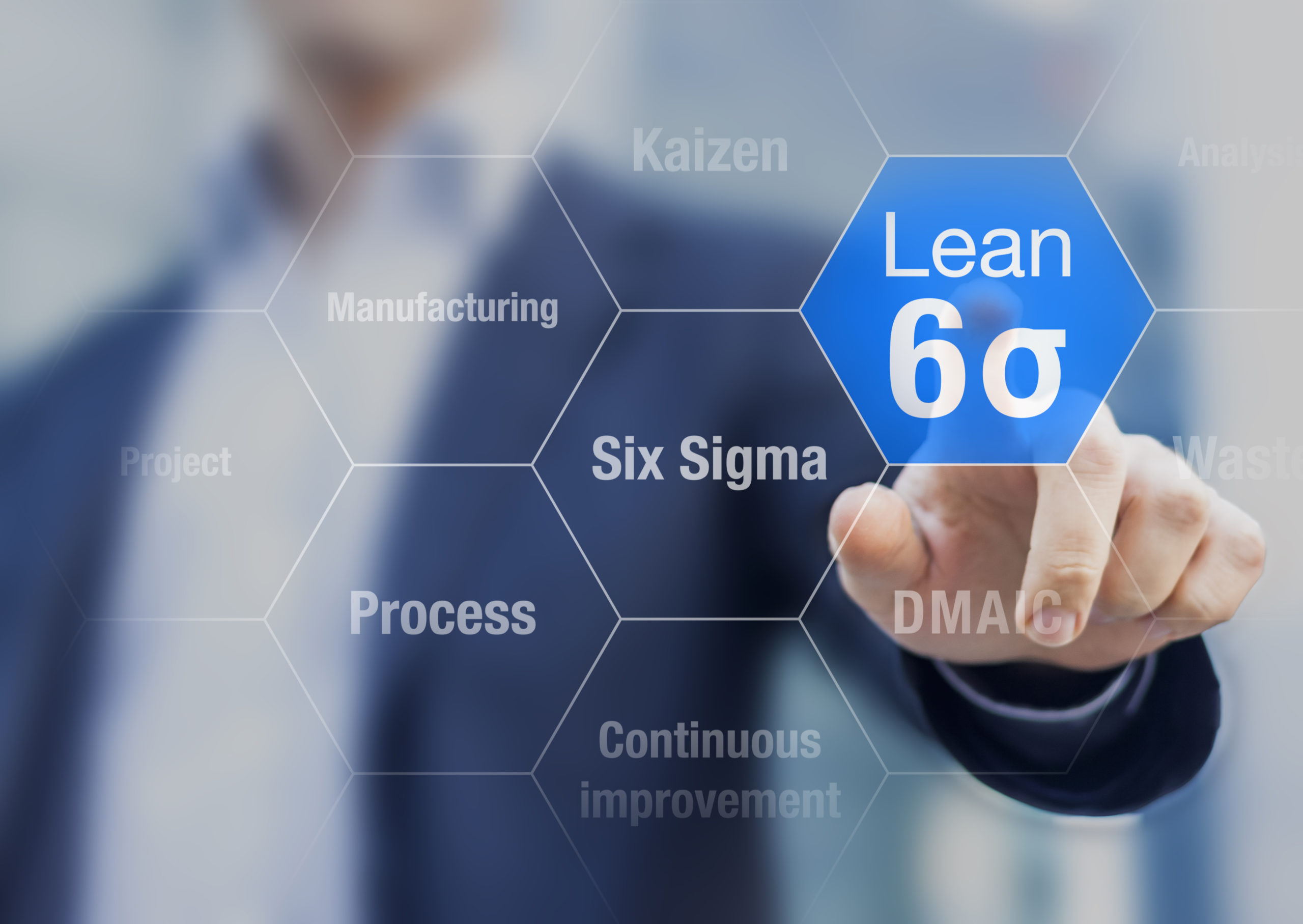Description
Introduction of Lean Six Sigma
Lean Six Sigma is a powerful methodology combining two management strategies: Lean and Six Sigma. Lean focuses on eliminating waste and improving process efficiency, while Six Sigma aims to reduce defects and variation through statistical methods. Together, Lean Six Sigma provides a comprehensive framework for organizations to enhance quality, increase customer satisfaction, and improve overall performance. This methodology is used across various industries, including manufacturing, healthcare, finance, and service sectors, to streamline processes and achieve significant cost savings.
Prerequisites
- Basic understanding of process improvement principles.
- Familiarity with business operations and workflow management.
- Strong analytical and problem-solving skills.
- Knowledge of basic statistical concepts (helpful but not essential).
- Access to its tools and software (e.g., Minitab, Excel for data analysis).
- Willingness to work in cross-functional teams to implement improvements.
TABLE OF CONTENT
1: Introduction of Lean Six Sigma
1.1 Overview of Lean Six Sigma
1.2 Historical background and evolution
1.3 Key concepts and principles
2: Define Phase
2.1 Project selection and scoping
2.2 Stakeholder identification and analysis
2.3 Voice of the Customer (VOC)
2.4 Project charter creation(Ref: SAFe® Agilist Certification: Leading SAFe® 6.0 Essentials)
3: Measure Phase
3.1 Process mapping and flowcharting
3.2 Data collection and measurement systems analysis (MSA)
3.3 Basic statistics and data distribution
3.4 Process capability and stability
4: Analyze Phase
4.1 Root cause analysis
4.2 Hypothesis testing
4.3 Statistical tools (e.g., regression analysis)
4.4 Failure Mode and Effects Analysis (FMEA)
5: Improve Phase in Sigma
5.1 Design of Experiments (DOE)
5.2 Solution implementation
5.3 Lean principles in process improvement
5.4 Mistake-proofing (Poka-Yoke)
6: Control Phase
6.1 Control charts and monitoring
6.2 Standardization of processes
6.3 Documentation and training
6.4 Continuous improvement culture
7: Lean Concepts
7.1 Overview of Lean principles
7.2 Value stream mapping
7.3 5S (Sort, Set in order, Shine, Standardize, Sustain)
7.4 Kaizen events
8: Integration of Sigma
8.1 Synergies between Lean and Six Sigma
8.2 Combined methodologies for process improvement
8.3 Case studies and examples
9: Lean Six Sigma Tools and Techniques
9.1 Additional statistical tools
9.2 Quality Function Deployment (QFD)
9.3 Total Productive Maintenance (TPM)
9.4 Visual management and control







Reviews
There are no reviews yet.